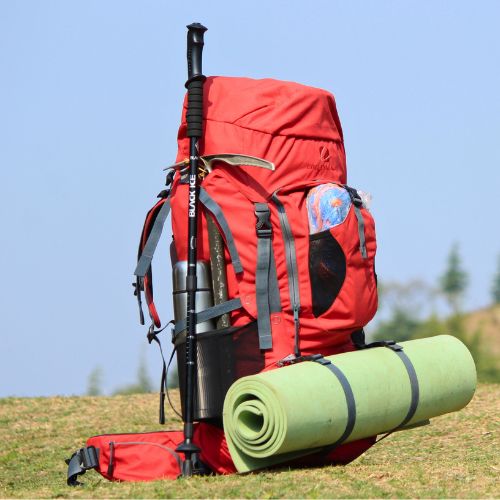The choice between the Inca Trail and the Salkantay Trek is a difficult decision for those who want to reach the citadel of Machu Picchu through a hiking experience. Although both routes lead to the same destination, they have different characteristics in terms of historical value, difficulty level, and geographical environment.
The Inca Trail is an ancient route that is part of the Inca road system known as Qhapaq Ñan, and stands out for including archaeological sites amidst Andean landscapes. Its main attraction is the entrance to Machu Picchu through the Inti Punku or Sun Gate, just as the ancient Incas did.
On the other hand, the Salkantay Trek is a physically more demanding trekking alternative that crosses a diversity of ecosystems, from snowy peaks to tropical forests, without requiring special permits. This route, less regulated and with fewer tourists, is valued for its scenic beauty and more adventurous character.
To complete the Inca Trail or the Salkantay Trek safely and comfortably, it is essential to carry appropriate, light, and functional gear. These multi-day routes cross various altitudinal zones, so the weather can change drastically between heat, cold, rain, and humidity.
You should pack clothes in layers, starting with breathable shirts, a thermal layer, a fleece or light jacket, and a waterproof or windbreaker jacket. It’s important to bring quick-drying trekking pants. Don’t forget gloves, a hat, and a buff to protect yourself from the cold in the mornings. Footwear should be broken-in trekking shoes that are sturdy and provide good grip. Lightweight sandals are also recommended to rest at campsites.
It is essential to carry a daypack (20–30 liters) with a rain cover, a sleeping bag suitable for sub-zero temperatures, a headlamp with extra batteries, a reusable bottle or camelbak (at least 1.5 liters), and trekking poles if you use them.
Also, don't forget to bring some cash for small purchases, sunglasses, a cap or hat, a power bank for your phone or camera, and a dry bag to protect your clothes or devices. And most importantly: your passport, as it is required to enter Machu Picchu.
Table of Contents
The Inca Trails, known in Quechua as Qhapaq Ñan, are a pre-Hispanic road network of over 30,000 km built by the Inca Empire to organize and control the territory of the Tahuantinsuyo, the largest empire in South America during the pre-Columbian era.
The Qhapaq Ñan crossed six modern countries: Peru, Ecuador, Bolivia, Colombia, Chile, and Argentina.
From the imperial capital, Cusco, the roads branched out to the four suyus: Chinchaysuyo, Antisuyo, Contisuyo, and Collasuyo, reaching from the Andes to the coast and the jungle.
Along the route, travelers passed through stone-paved roads, terraces, stairways, and tunnels carved into rock. They also crossed hanging bridges made of ichu (Andean grass) over rushing rivers, tambos (rest shelters), chaskiwasi (messenger houses), and colcas (food storage houses). Some segments reached over 5,000 m.a.s.l., traversing snowy mountains, valleys, deserts, and jungles.
In 2014, UNESCO declared the Qhapaq Ñan a World Heritage Site due to its cultural and architectural value, and for being one of the most impressive engineering feats of the ancient world.
Today, many sections are still used by Andean communities or have been restored as hiking routes, the most famous being the Inca Trail to Machu Picchu.
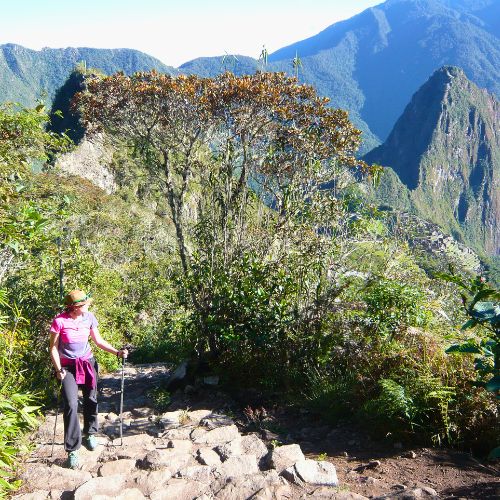
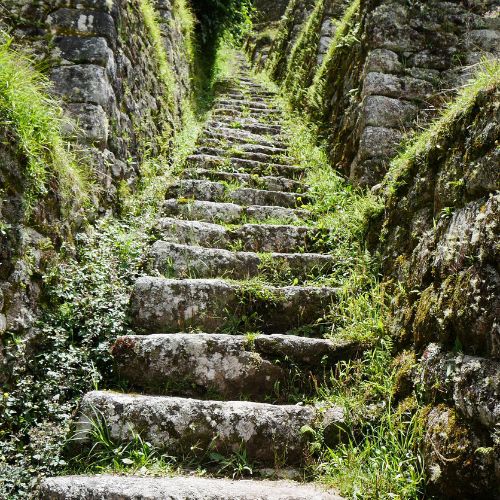
The Salkantay Trek is a multi-day hiking route that leads to Machu Picchu through landscapes of the Andean region of Peru. It is considered the best alternative to the Inca Trail, ideal for those seeking adventure, nature, and fewer crowds.
It is a 4 to 5-day trek that begins near the Salkantay snow-capped mountain (6,271 m.a.s.l.) and ends in Aguas Calientes, from where you access Machu Picchu. Along the route, hikers cross snowy mountains, turquoise lagoons, cloud forests, and tropical high jungle.
The duration ranges from 4 to 5 days, covering approximately 60 to 72 kilometers. The hike begins in Soraypampa and is considered to be of moderate to high difficulty. Unlike the Inca Trail, it does not require an official permit.
Along the way, hikers pass the Salkantay snow-capped mountain, one of the highest in Cusco, and can also visit the turquoise waters of Humantay Lake. The scenery changes dramatically from cold high mountains to warm jungle. This route is more accessible and has greater availability than the Inca Trail.
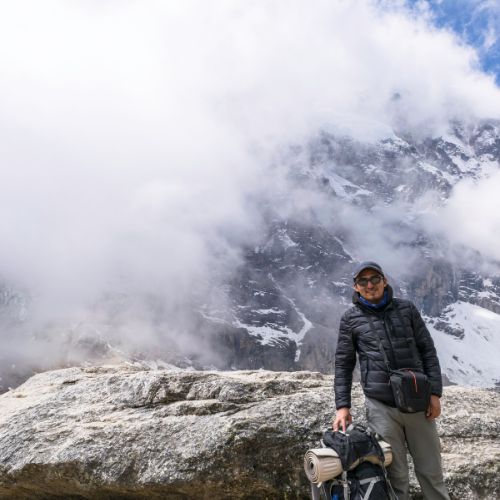
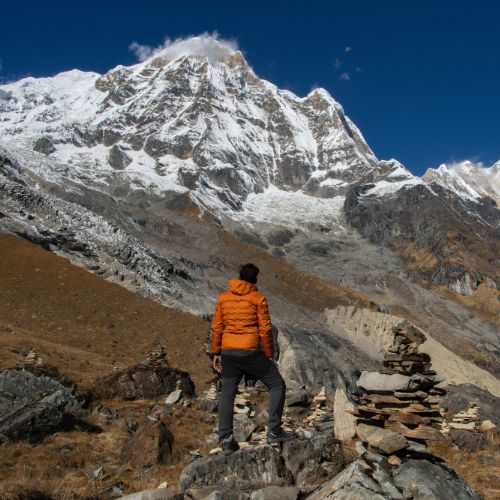
Choosing the Inca Trail means opting for a unique experience that combines nature, history, and culture. This route was built by the Incas themselves and connects various archaeological sites to Machu Picchu, entering through the Sun Gate (Inti Punku), an entrance reserved only for those who hike this trail.
Inti Punku means "Sun Gate" in Quechua. It was a strategic and ceremonial entrance built in the 15th century, mainly used by the Inca elite traveling from Cusco. This guarded gate regulated access to the sanctuary and was aligned with the sun during the summer solstice.
Over four days, the Inca Trail crosses landscapes, steps, and archaeological remains such as Wiñay Wayna, Sayacmarca, and Runkurakay. It is the only route that allows you to walk directly along the ancient roads of the Qhapaq Ñan, the sacred road network of the Tahuantinsuyo, declared a World Heritage Site by UNESCO.
Choosing the Salkantay Trek means betting on adventure, wild nature, and the freedom to explore without restrictions. Unlike the Inca Trail, Salkantay does not require limited permits or reservations months in advance, making it more accessible and flexible.
This route crosses the Salkantay snow-capped mountain and allows you to visit stunning places like Humantay Lake with its turquoise waters and the archaeological viewpoint of Llactapata, from where you can see Machu Picchu in the distance.
It is ideal for travelers seeking deep contact with nature, fewer crowds, and an authentic experience off the beaten path. If you're looking for a trekking adventure, the best option is the Salkantay Trek.
The Salkantay Trek is a demanding route with changing weather and altitude, so bringing the right gear is key for a comfortable and safe experience.
